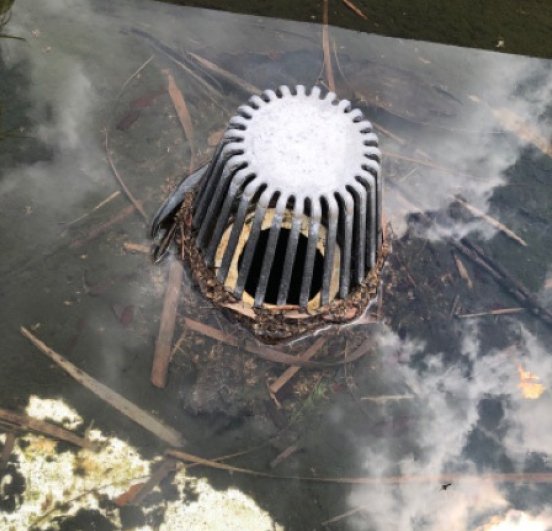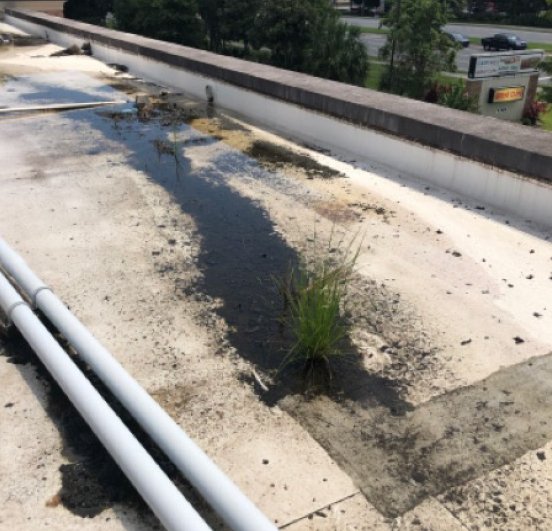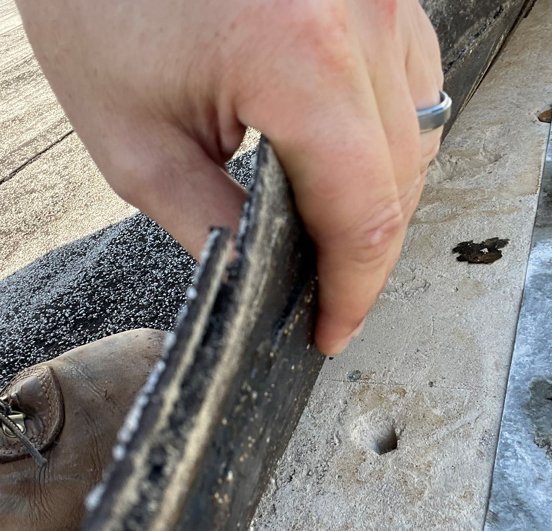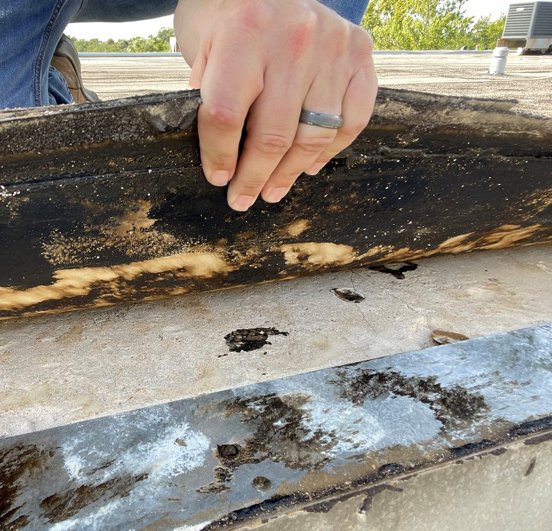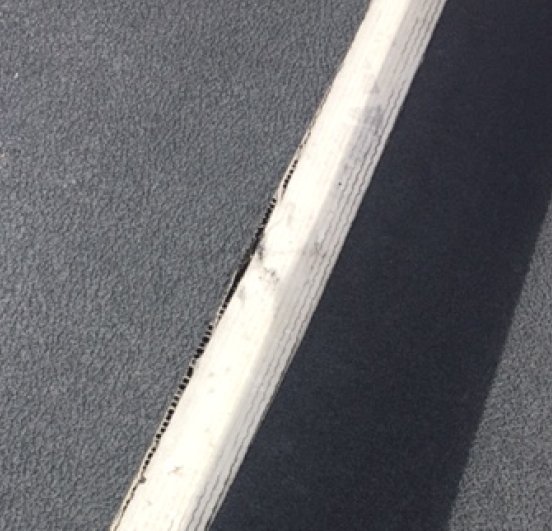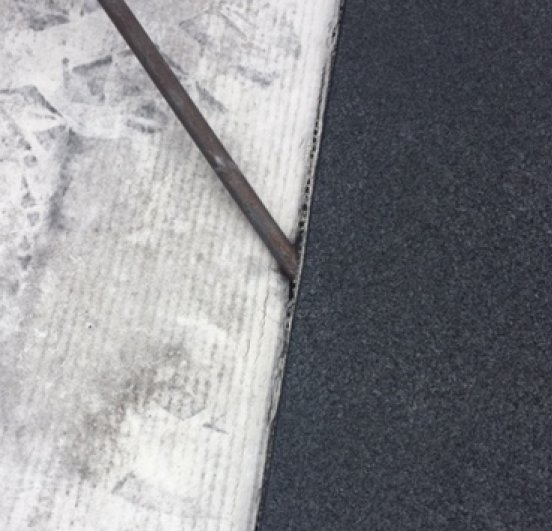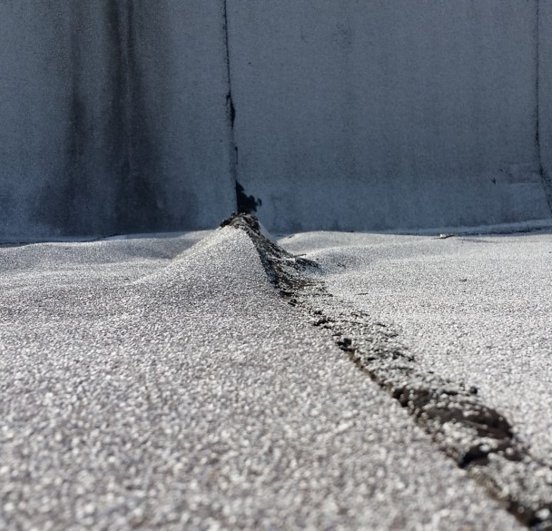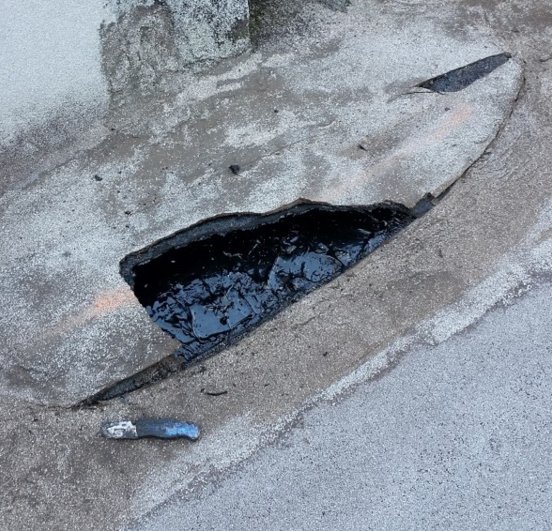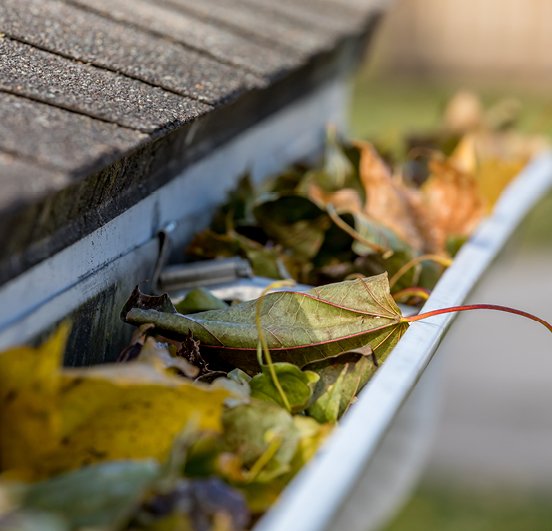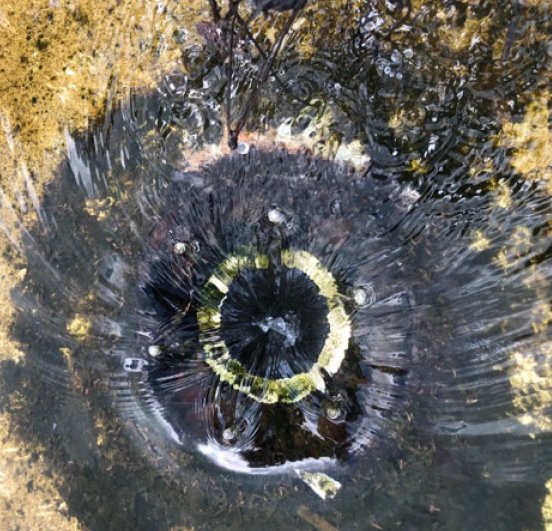5 Areas of Concern - Maintenance to address, maximize or to extend existing roof life
Maintenance is an essential part of preserving the integrity of your low-slope roofing system.
Generally, roofs should be inspected twice a year — once in the spring and then again in the fall. While an inspector will perform these formal inspections, it’s important that as the building owner you are aware of potential issues year-round. Keep your roof performing at its best with these five roof maintenance tips:
1. Ponding Water
Ponding water is defined as accumulated water that does not drain or evaporate within 48 hours of conducive drying conditions. Any type of standing water over 48hrs is detrimental to roof membrane performance due to magnified UV rays and or algae growth.
2. Loose Roof Deck Fasteners
Loose fasteners are detrimental to long term roof performance and greatly enhance the chance of either partial or full roof blow off. Roof fasteners are critical to anchoring the entire roof assembly to the structure. Therefore it’s is recommended to periodically check and repair or replace any loose roof fasteners.
3. Cracking
All low slope roofs exhibit membrane cracking over the general lifespan of the roof system. UV Rays are the primary reason for membrane cracking on roof systems. Cracking of the roof membrane can lead to premature roof failure, and preventable water intrusion. It is recommended to inspect roof tops and the membrane on an annual or semi-annual basis to address these issues before damage occurs.
4. Blistering
Roof membrane blistering is caused when moisture is trapped under the roof membrane and or roof plies, causing the trapped vapor to expand under the increased temperature. This in turn puts stress on the roof membrane and roof seams ultimately leading to failure. It is recommended that all blisters are cut and relieved of moisture and membranes repaired and sealed properly.
5. Roof Drains and Gutters
Clogged and improper roof drainage is a serious concern that often leads to significant water intrusion or premature roof failures. It is recommended that all drains and gutters are cleaned and clear of debris and checked for proper drainage. It is recommended that this is done on a semi-annual basis, by either building maintenance or a licensed roofing contractor.
Lastly, check your exterior walls for cracks, especially near the roof line
Cracks in the walls can allow air to push into the building and apply upward pressure from underneath the roof system. Oftentimes, when you have a roof blow off it, has a lot to do with the wind getting through the walls or under your trim metal and pushing upward. Make sure all cracks in the wall have a sealant over them to prevent both water intrusion and minimize wind uplift.


